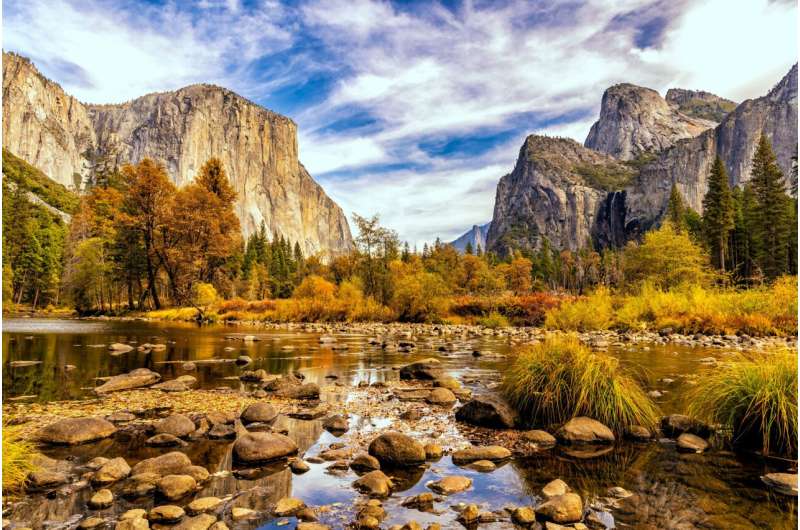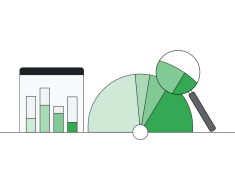
The 1972 Clean Water Act protects the “waters of the United States” but does not precisely define which streams and wetlands this phrase covers, leaving it to presidential administrations, regulators, and courts to decide. As a result, the exact coverage of Clean Water Act rules is difficult to estimate.
New research led by a team at the University of California, Berkeley, used machine learning to more accurately predict which waterways are protected by the Act. The analysis found that a 2020 Trump administration rule removed Clean Water Act protection for one-fourth of U.S. wetlands and one-fifth of U.S. streams, and also deregulated 30% of watersheds that supply drinking water to household taps. The research was published in Science.
“Using machine learning to understand these rules helps decode the DNA of environmental policy,” said author Joseph Shapiro, an associate professor of Agricultural and Resource Economics at UC Berkeley. “We can finally understand what the Clean Water Act actually protects.”
Prior analyses assumed that streams and wetlands sharing certain geophysical characteristics were regulated, without scrutinizing data on what was actually regulated—an approach the Environmental Protection Agency and Army Corps of Engineers called, “highly unreliable.”
The researchers trained a machine learning model to predict 150,000 jurisdictional decisions by the Army Corps. Each Corps decision interprets the Clean Water Act for one site and rule. The model predicts regulation across the U.S. under the Trump rule and its predecessor, the Supreme Court’s “Rapanos” ruling, which had previously guided Corps decisions.
The research found that the 2020 rule deregulated 690,000 stream miles, more than every stream in California, Florida, Illinois, New York, Ohio, Pennsylvania and Texas combined. The wetlands deregulated under the 2020 rule provided over $250 billion in flood prevention benefits to nearby buildings, the study estimated.
“This game of regulatory ping-pong has staggering effects on environmental protection,” said author Simon Greenhill, a Ph.D. candidate at UC Berkeley.
The study estimates that the model’s predictions could save over $1 billion annually in permitting costs for regulators and developers by providing immediate estimates of the probability that a site is regulated, rather than waiting months through the uncertain permitting process.
After this study’s data, the 2023 Biden White House rule expanded Clean Water Act jurisdiction and the Supreme Court’s 2023 Sackett decision then contracted it. Once Sackett is fully implemented, this machine learning methodology can clarify its scope.
More information:
Simon Greenhill et al, Machine learning predicts which rivers, streams, and wetlands the Clean Water Act regulates, Science (2024). DOI: 10.1126/science.adi3794. www.science.org/doi/10.1126/science.adi3794
Provided by
University of California – Berkeley
Citation:
White House rule dramatically deregulates wetlands, streams and drinking water, machine learning study finds (2024, January 25)
retrieved 27 January 2024
from https://phys.org/news/2024-01-white-house-deregulates-wetlands-streams.html
This document is subject to copyright. Apart from any fair dealing for the purpose of private study or research, no
part may be reproduced without the written permission. The content is provided for information purposes only.




